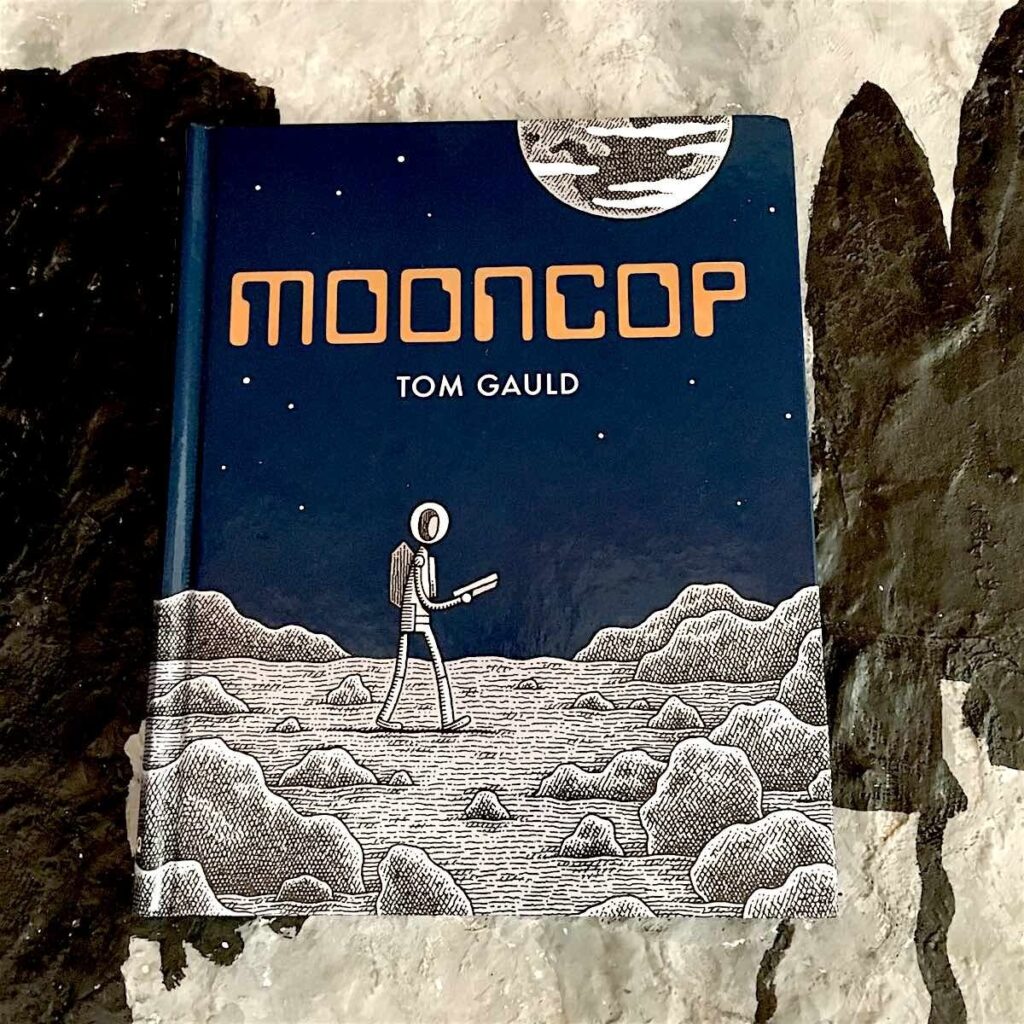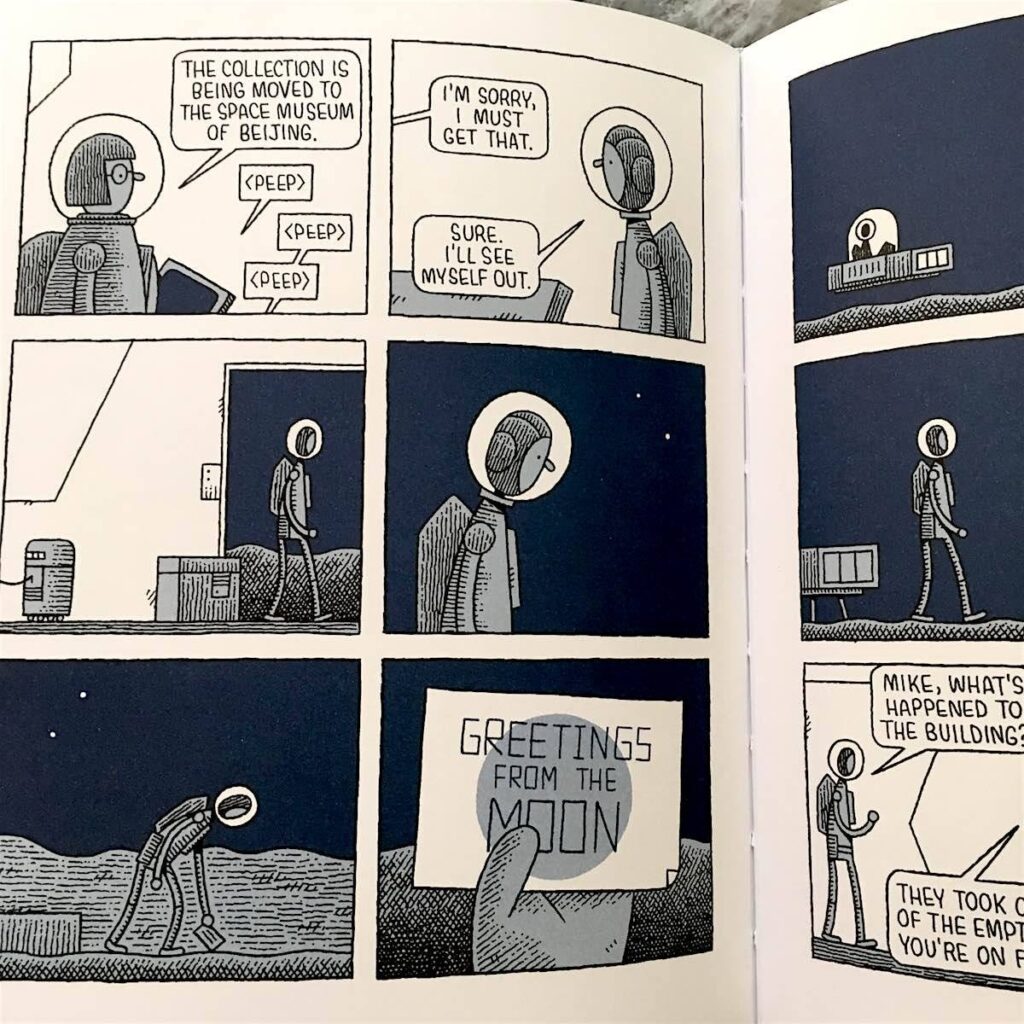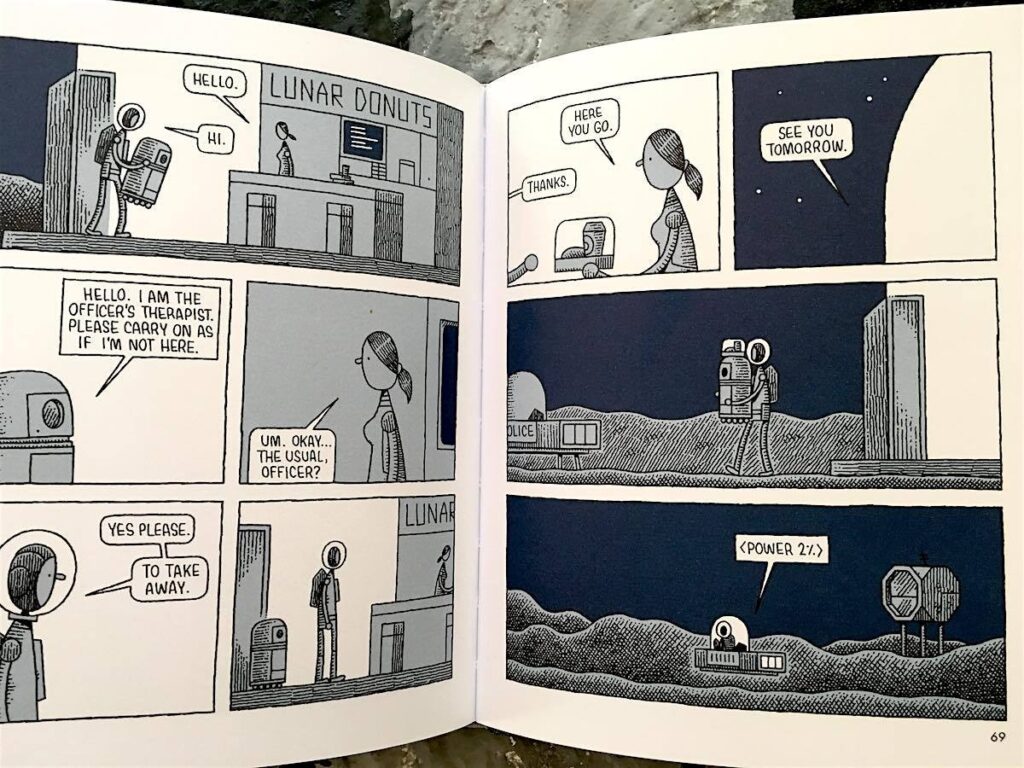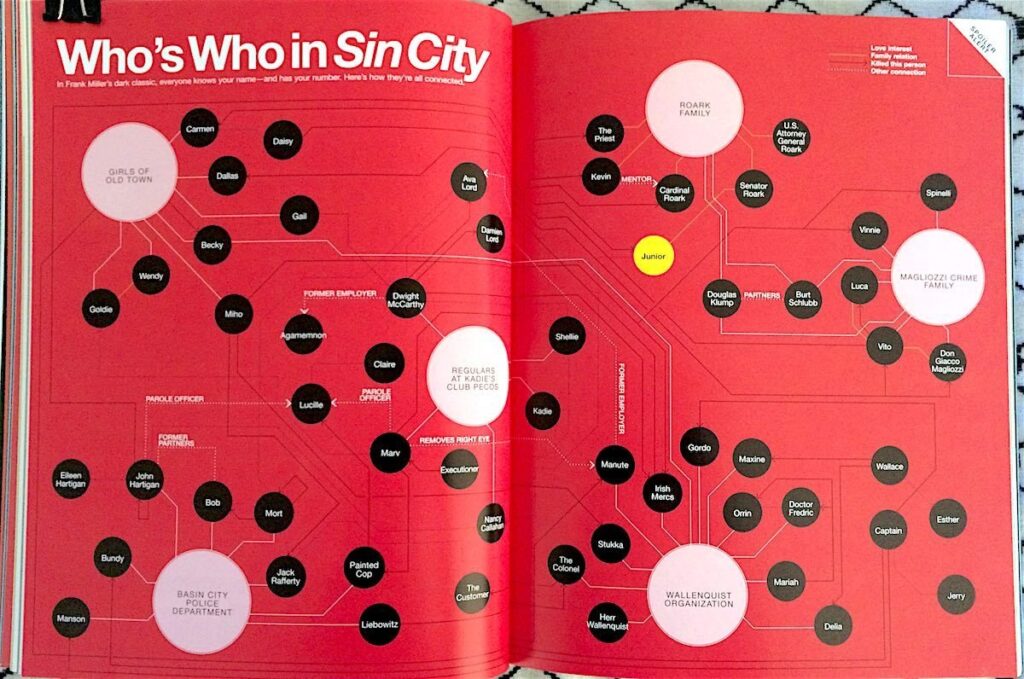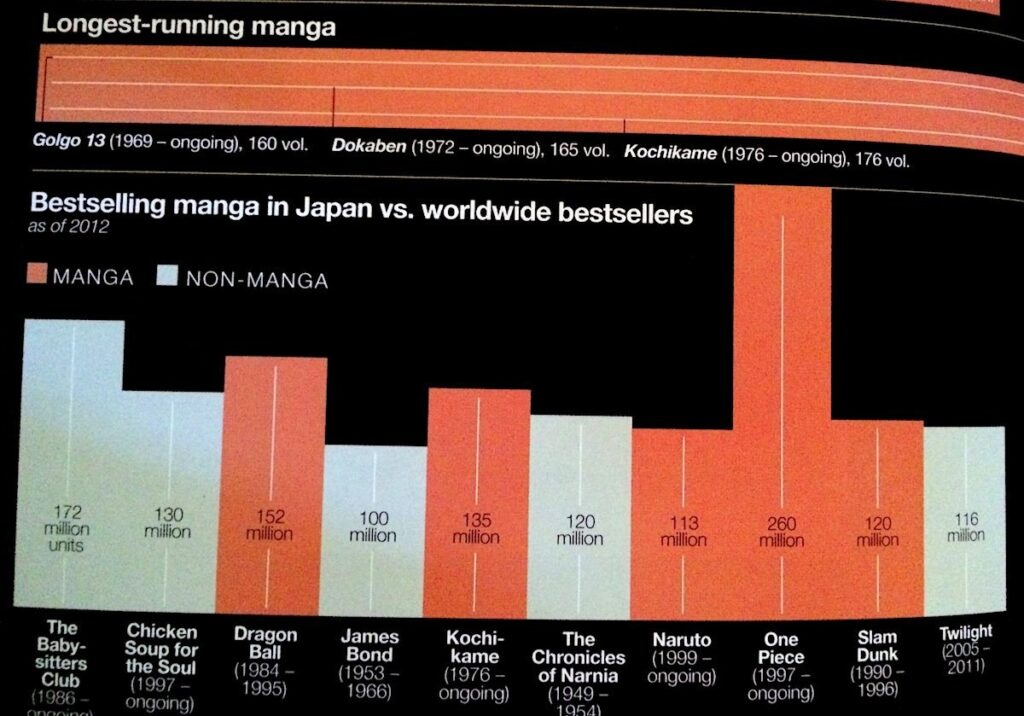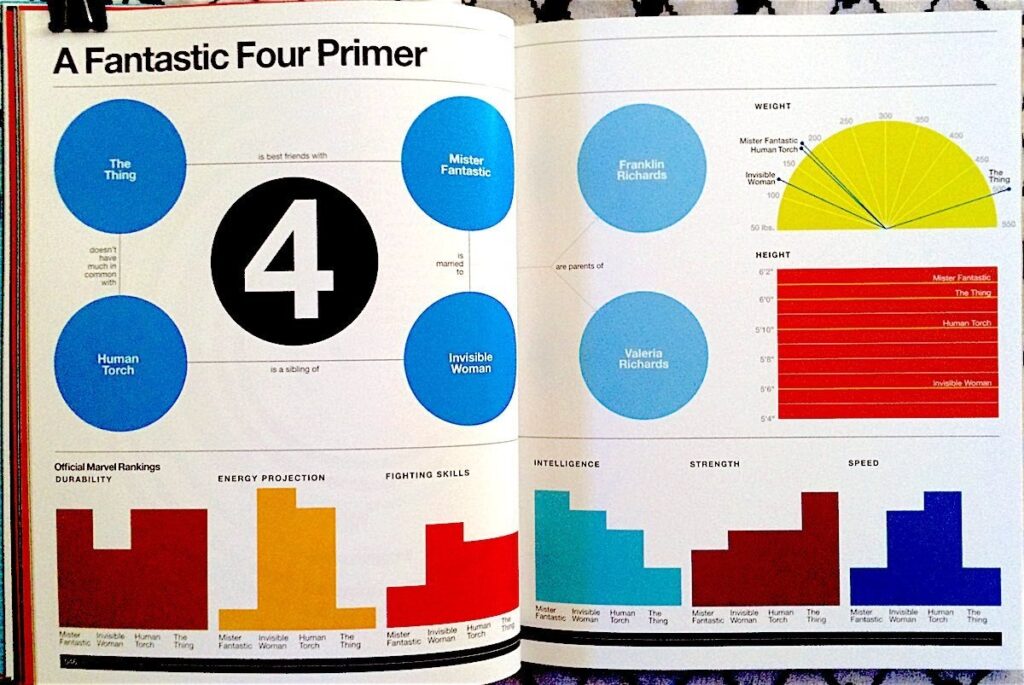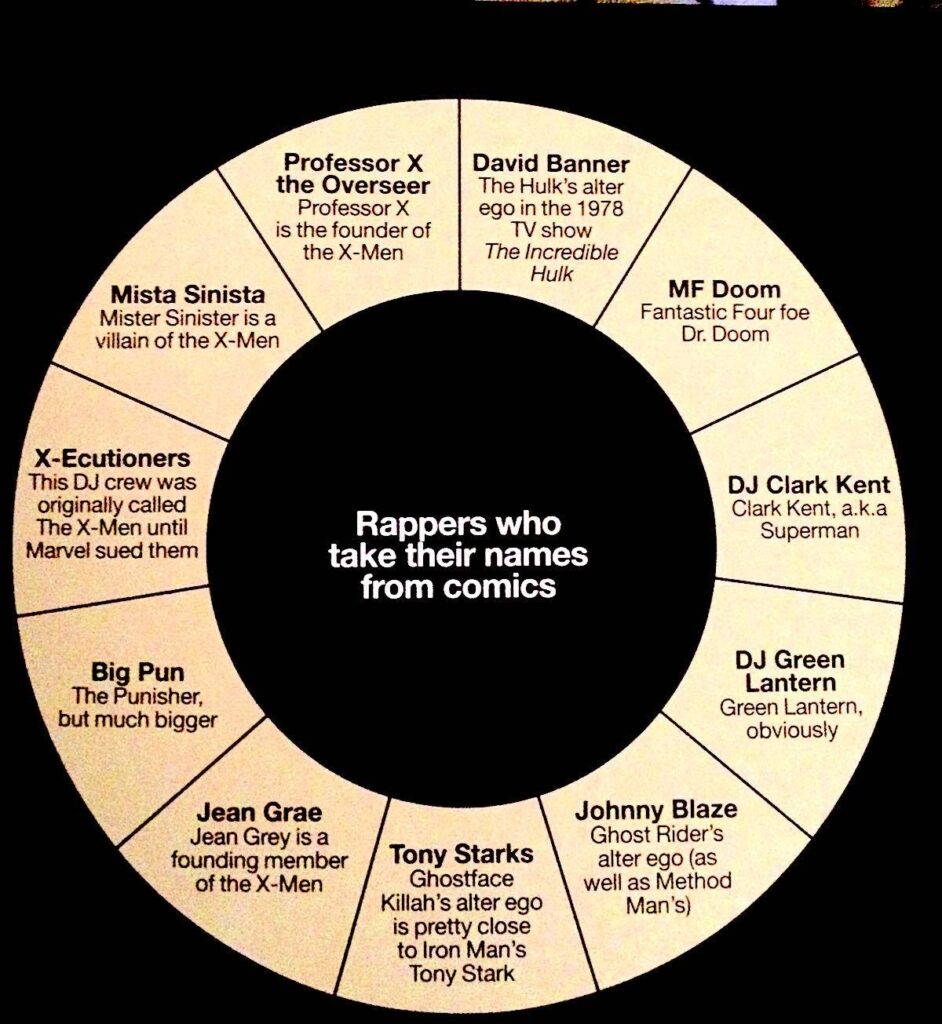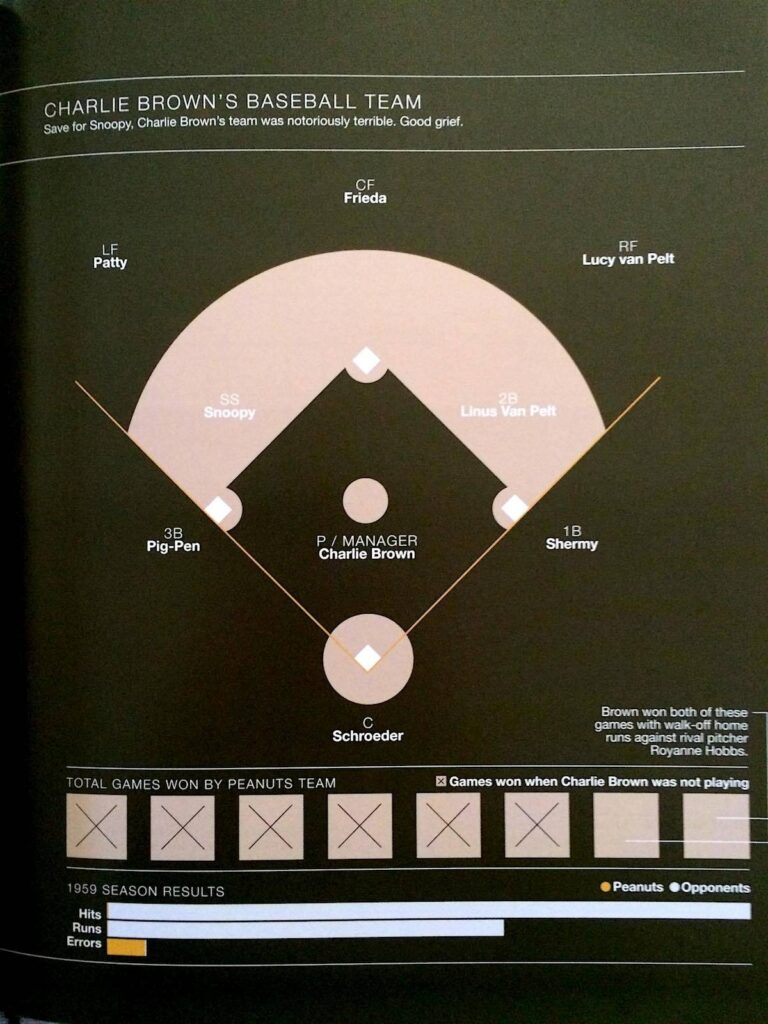Meredith Arthur, Founder of Beautiful Voyager
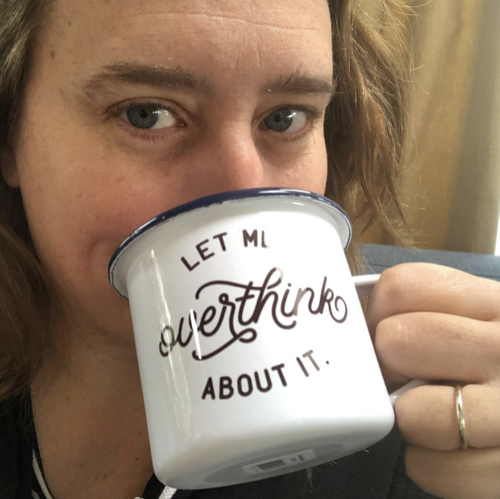
Cool Tools Show 308: Meredith Arthur
Our guest this week is Meredith Arthur. In 2015, after working at a string of startups, Meredith created the website and podcast Beautiful Voyager for overthinkers, perfectionists, and people pleasers. At Pinterest, where she is a Content Design Lead, Meredith focuses on emotional wellbeing innovation. She’s also the author of Get Out of My Head. You can find Meredith on YouTube, and on Instagram @beyova and on Twitter @mudaba.
Subscribe to the Cool Tools Show on iTunes | RSS | Transcript | See all the Cool Tools Show posts on a single page
Show notes:
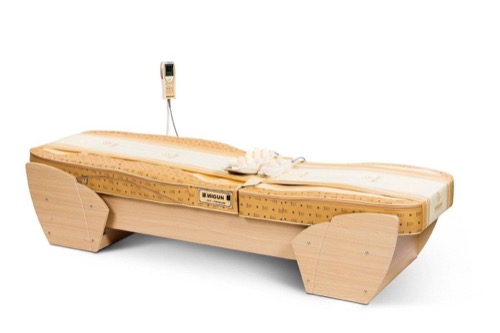
Migun Therapy Bed
This is just such an unusual thing that I happened upon. I had a friend of the family who has scoliosis and she found out about Migun bed, which was originally created in South Korea, but is available all over the world. And it’s basically a massage table that you have at your house. Kind of like when you’re in the airport and you see those chairs that give you a massage, this is a flat table that does the same. And it combines infrared heating with Jade balls that roll up and down your back neck and legs. And it’s amazing by the way. You can buy it at a Migun store or online, but you can also look for used Migun beds. New ones I believe are around $2,500. And I found a gently used one. I live in the bay area, so there are people here who are often looking for, and buying the latest of everything. So I managed to find a used one for $250, and I sent my husband out with a truck to go get it, and bring it home. And that was an incredible deal. I have had to do some maintenance on it. The amazing thing about this Migun bed manufacturer here in the United States is they are extremely helpful. I’ve called, I’ve done maintenance numerous times. They’ve responded. They told me exactly what to do. So that was great too. It’s really changed my life. I do it every day. And as a chronic pain sufferer, it’s a really incredible tool.
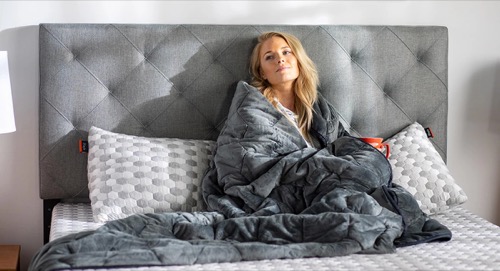
Weighted blanket
The weighted blanket. This really is an amazing thing that was originally developed for kids who had sensory disorders, or other autism spectrum. And what everyone found was, well, it works for all of us. Now, I have an anxiety disorder, so I might be even more oriented towards this, but I’ve seen all different types of people who, the weighted blanket works for. Not everyone likes it. Some people feel claustrophobic, but if you’re someone that responds to that feeling of weight, weighted blanket is for you. We currently have three at our house. And they each have different mechanisms of weight. Some of them are pellets, almost like plastic pellets. I don’t recommend that because if you have an animal they can rip it and then the pellets come out and that’s no fun. Glass beads are pretty great, much cleaner if you do have a rip. And then there is a weighted blanket that’s super were popular that’s just a very heavy cotton that’s laced with some sort of weight mechanism. There’s also many styles. It kind of looks like a quilted blanket with little squares of quilting. And then inside of those are the weights. They say you’re supposed to do 10% of your body weight. So 200 pounds, you’d get a 20 pound one. I sleep under it every night. My husband can’t believe it. He calls it the cave in. He has no interest in this. He has a very different disposition than I do. But when I go in, it’s sort of just on my side of the bed. And so it’s sort of half of our bed in width, and I try to keep it flattened out. It doesn’t move around a lot. I can stick one leg out, but you’re not flipping when you have the weighted blanket on you. There’s a feeling that you really are covered and it’s time to relax.
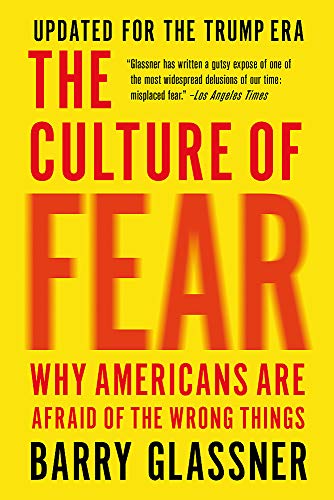
The Culture of Fear: Why Americans Are Afraid of the Wrong Things by Barry Glassner
This was originally published in 1998, called The Culture of Fear. And its subtitle is Why Americans are Afraid of the Wrong Things. This was the original book that had a foundational effect on how I evaluated danger. And as someone who has an anxiety disorder, I am oriented into worrying about things or thinking that there could be danger where there isn’t. My amygdala is kicking at all times. So this book helped me frame what is really happening. How statistics work. How does it work being on an airplane versus driving a car? Why did we have the Satanic panic? Why are we so worried about our kids walking to the store? And what role does media play? To sort of see behind the curtain of the narratives that are out there and learn how to evaluate risk. I have an 11 year old daughter, and I see this with a lot of her friends and their parent and her friend’s parents are scared to have their kids ever be out of their sight, not have tracking devices on them, not know where are at all times. And when you start to see the genuine numbers around kidnappings, and how truly rare it is for a child to be kidnapped by a stranger — it’s under 300 people a year. I think it was. I should double check that, but the number is very small. It’s definitely under a thousand kids a year in all of America. And you start to understand what that stat looks like and what that means. And even in those circumstances, there are lots of varied elements within that number. You start to realize like, hey, what is the risk of not allowing your kid to grow their own sense of independence, and to grow their own sense of evaluating their own risk? Bringing consciousness to the things that I fear, and being intentional about pushing back using data has been formative for me.

Two Dots puzzle app
This app is called the Two Dots puzzle game. I work with a lot of designers at Pinterest, and one of the designers mentioned that this was beautifully designed. And so when I first downloaded it, I was appreciating the attention to detail, and the design that went into this puzzle app. And I’ve always loved jigsaw puzzles, beating projects, anything that I can sort of do with my hands while still having a conversation with someone else, that’s sort of how I’m oriented anyway. And I really started to love this game. It is in the world of Candy Crush, but it’s certainly not Candy Crush in that you are basically learning these different little skills within the app. And you’re moving up the ladder and you’re moving through different, levels of the game. I’ve learned recently that there are different kinds of distractions that we can use as an emotional regulation tactic. And for a lot of people that could be eating a pint of ice cream, or drinking, having a few cocktails, or going for a walk, or going for a run. We all have these different distraction strategies. Two Dots is my distraction activity. And it’s one that doesn’t have too negative of an outcome for me. So, it’s something that I can do that doesn’t have me eating food that will have sugar. I would describe it as a positive distraction if you’re oriented that way. If you’re somebody who wants to just relax and sort of take your mind off of something in order to transition, this is what I recommend.
About Get Out of My Head: Inspiration for Overthinkers in an Anxious World:
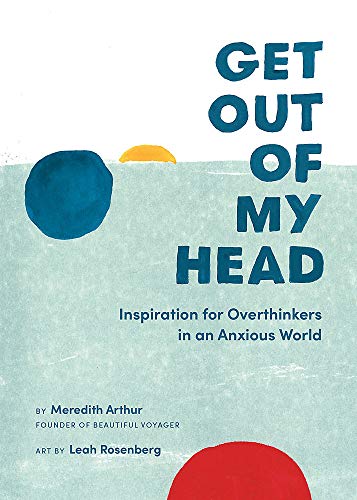
This book was many years in the making. It is a compilation of all of the different strategies for overthinkers. So if you are someone who may be prone to rumination or thinking to the point where you have effects in your body, which is me, what are some things that we can do to help ourselves? And how can we reframe anxiety in a way that encourages creativity, and excitement, and curiosity, which is how I feel about these topics. I did it in conjunction with the artist, Leah Rosenberg, who was the former director of the Color Factory in New York. Who is an amazing artist who works with color and emotion and who describes color as a multivitamin that you take every day to help you feel better. And so a lot of it is filled with ideas, like catch phrases. My catch phrase is “Protect the head,” which means that when I evaluate an idea, should I do this, or should I not do this? I think, okay, am I protecting the head through my decision? Am I doing this with the longer term consequences in mind, or am I just saying yes? “Protect the head” is a catchphrase that helps me come back to good decision making. The book is basically filled with ideas like that.






